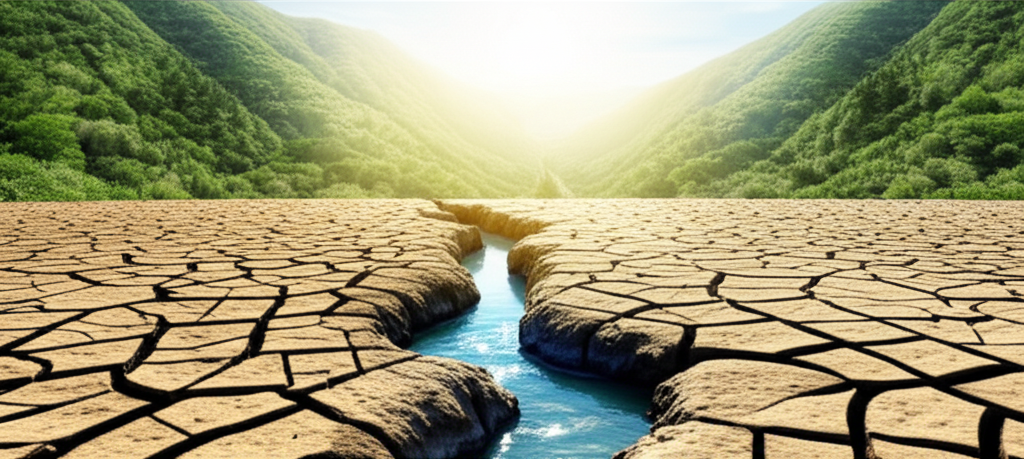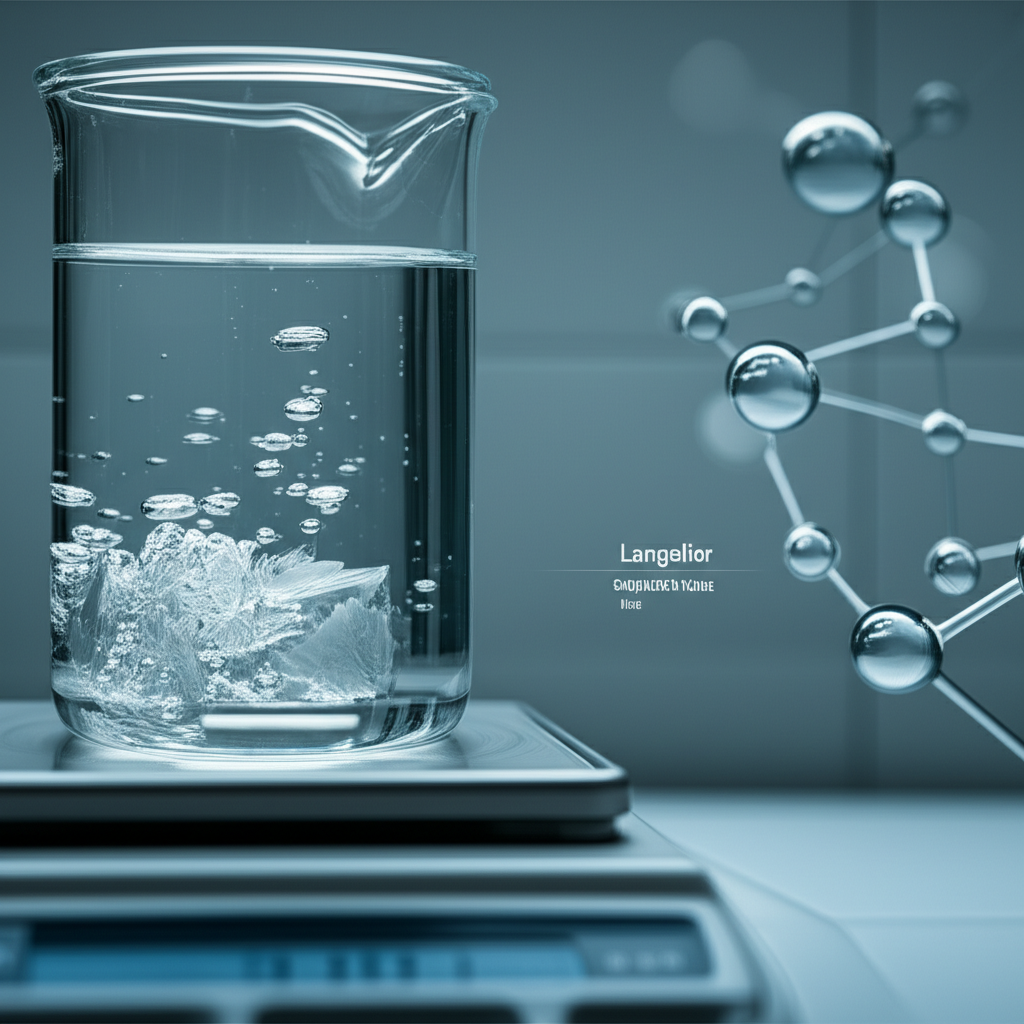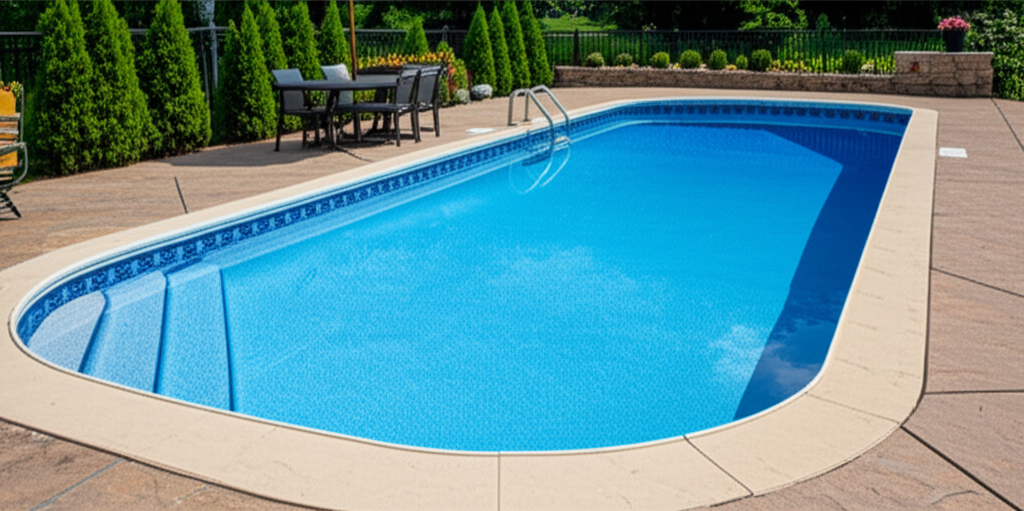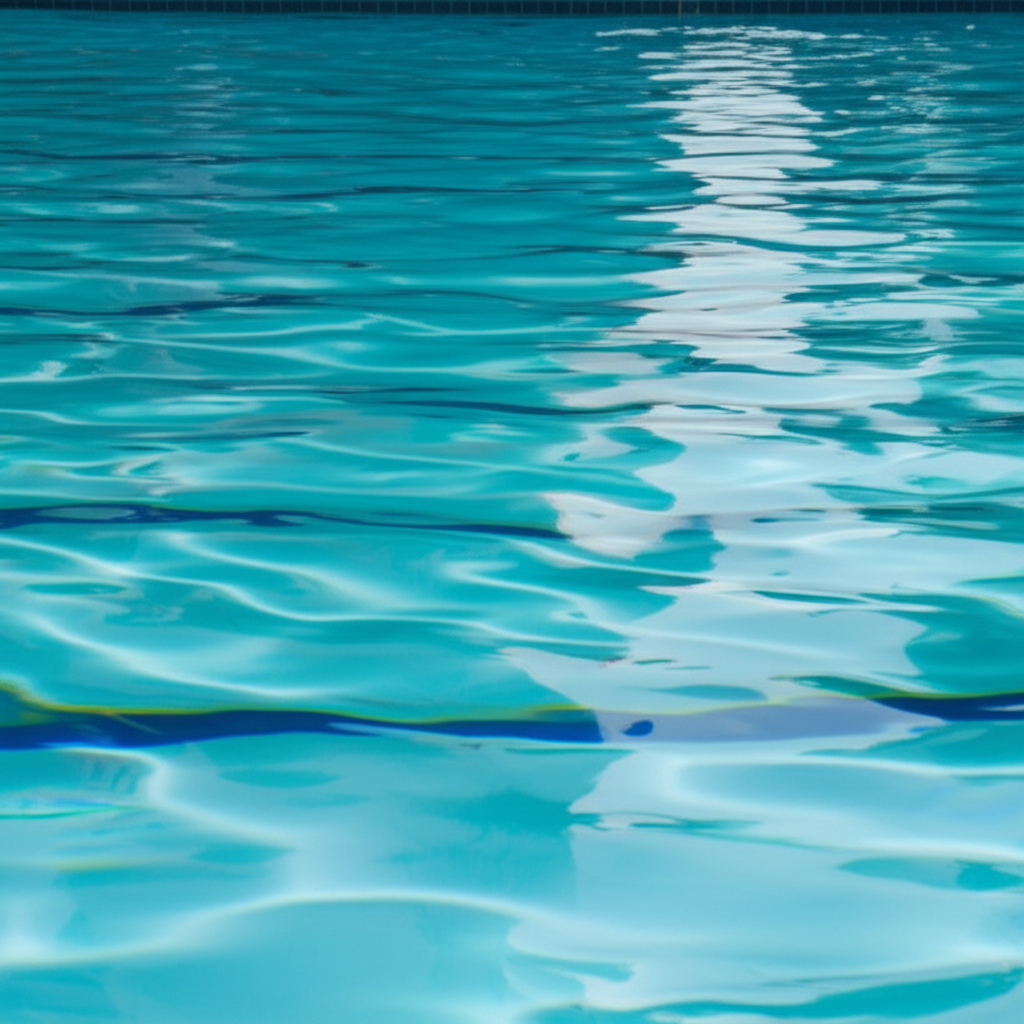- What is the Langelier Saturation Index (LSI)?
- The Science Behind the Numbers: Understanding Water Balance
- How to Calculate and Interpret Your Langelier Saturation Index
- Practical Applications: Why LSI and Water Balance Matter
- Achieving Optimal Water Balance: Strategies and Solutions
- Beyond the LSI: A Holistic Approach
The Langelier Saturation Index (LSI) is a critical numerical value that provides profound insights into the stability of water, specifically its tendency to either form scale or become corrosive. Far more than just a theoretical concept, understanding the LSI is an essential tool for anyone involved in water management, from maintaining pristine swimming pools to safeguarding complex industrial cooling systems. It acts as a compass, guiding us to maintain an optimal “water balance”—a state where water is neither overly aggressive nor prone to depositing mineral buildup. Uncovering the secrets held within this index allows us to protect valuable infrastructure, ensure efficiency, and promote water longevity across countless applications.
What is the Langelier Saturation Index (LSI)?
Developed by Dr. Wilfred Langelier in 1936, the LSI is a calculated value used to predict the calcium carbonate saturation of water. It doesn’t directly measure scale or corrosion, but rather indicates the equilibrium point where water is saturated with calcium carbonate (CaCO₃). This measurement determines whether the water will precipitate calcium carbonate (forming scale), dissolve it (leading to corrosion), or remain stable. A perfect LSI of 0 indicates water is in equilibrium—neither scaling nor corrosive. A positive LSI suggests scale-forming tendencies, while a negative LSI points to corrosive potential.
The Science Behind the Numbers: Understanding Water Balance
The LSI is derived from five fundamental water quality parameters, each playing a vital role in determining water balance:
1. pH: This measures the acidity or alkalinity of the water. Higher pH values generally increase the LSI, promoting scale formation, while lower pH values decrease it, fostering corrosion.
2. Alkalinity: Specifically, total alkalinity, which measures the water’s capacity to neutralize acids. Higher alkalinity contributes to increased LSI and scaling potential, as it provides more buffering capacity and carbonate ions for scale formation.
3. Calcium Hardness: This is the concentration of dissolved calcium ions in the water. Calcium is the primary component of calcium carbonate scale; therefore, higher calcium hardness directly increases LSI and the likelihood of scaling.
4. Temperature: As water temperature increases, the solubility of calcium carbonate decreases. This means warmer water tends towards a higher LSI and greater scaling potential, making temperature a significant factor in systems like cooling towers and boilers.
5. Total Dissolved Solids (TDS): TDS influences the ionic strength of the water, which affects the activity of ions involved in scale formation. While less direct than the other parameters, higher TDS generally leads to a slightly higher LSI.
The LSI essentially combines these factors into a single interpretative number, revealing how these variables interact to push water towards either an aggressive or scale-forming state. It’s a dynamic interplay that defines true water balance.
How to Calculate and Interpret Your Langelier Saturation Index
While the full calculation of the LSI involves a specific formula, often utilizing look-up tables for various constants, practical application often uses online calculators or specialized test kits. The formula generally looks like this:
LSI = pH – pCa – pAlk – C + 5.5
Where pCa, pAlk, and C are derived from calcium hardness, alkalinity, and temperature/TDS, respectively, using specific logarithmic conversions and constants.
Interpreting the LSI Value:
LSI = 0: Water is perfectly balanced. It is neither oversaturated (scaling) nor undersaturated (corrosive) with calcium carbonate. Achieving and maintaining this perfectly neutral state can be challenging in real-world systems.
LSI > 0 (e.g., +0.5 to +1.0): Water is supersaturated and has a tendency to form calcium carbonate scale. The higher the positive value, the greater the scaling potential. This can lead to clogged pipes, reduced heat transfer efficiency, and equipment damage.
LSI < 0 (e.g., -0.5 to -1.0): Water is undersaturated and has a tendency to dissolve calcium carbonate. This makes the water corrosive, potentially dissolving metals, pipe linings, or even concrete, leading to costly infrastructure damage and premature equipment failure.
In many applications, an acceptable LSI range is often targeted between -0.3 and +0.3, offering a slight buffer zone where water is considered acceptably stable.
Practical Applications: Why LSI and Water Balance Matter
The utility of the LSI extends across numerous sectors:
Swimming Pools and Spas: Maintaining a balanced LSI is crucial for preventing cloudy water, etching of plaster, staining, equipment corrosion, or calcium scale buildup on surfaces and in filters. It ensures a comfortable, safe, and visually appealing swimming environment.
Industrial Cooling Towers: Cooling towers rely on efficient heat exchange. A positive LSI can lead to severe scaling on heat exchange surfaces, significantly reducing efficiency, increasing energy consumption, and necessitating frequent, costly descaling. Conversely, a negative LSI can corrode the tower’s metal components.
Boiler Water Treatment: Similar to cooling towers, boilers operate at high temperatures where scaling is a major concern. LSI helps prevent scale formation on boiler tubes, which can cause hot spots, tube failure, and dangerously high energy bills.
Drinking Water Systems: Water utilities use LSI to manage the stability of water within distribution networks. Proper LSI helps prevent corrosion of pipes, which can lead to lead and copper leaching, and also prevents scale buildup that can reduce flow and harbor bacteria.
Aquaculture: For fish farms and aquariums, maintaining specific water parameters, including LSI-related factors, is vital for the health and survival of aquatic life.
Achieving Optimal Water Balance: Strategies and Solutions
Once the LSI is determined, adjustments can be made to bring water into a more balanced state:
To address LSI > 0 (Scaling Water): The goal is to reduce the scaling potential. This often involves lowering the pH (e.g., by adding acid), reducing alkalinity (less common), or occasionally reducing calcium hardness (through dilution or softeners, where feasible). Temperature plays a role, but often isn’t adjustable.
To address LSI < 0 (Corrosive Water): The strategy is to increase the scaling potential slightly to protect surfaces. This typically involves raising the pH (e.g., with soda ash), increasing alkalinity (e.g., with baking soda or sodium bicarbonate), or increasing calcium hardness (e.g., with calcium chloride).
Regular monitoring and testing of the five key parameters are essential to track changes and proactively manage water chemistry.
Beyond the LSI: A Holistic Approach
While the Langelier Saturation Index is an indispensable tool for understanding and managing water balance, it’s important to remember it’s primarily focused on calcium carbonate stability. Other indices, such as the Ryznar Stability Index (RSI) or the Puckorius Scaling Index (PSI), offer alternative perspectives or complement the LSI by focusing on different aspects of water aggressively or scaling tendencies. These can be particularly useful in specific industrial contexts. Ultimately, achieving comprehensive water balance requires a holistic approach, combining LSI analysis with other water quality parameters, thoughtful chemical treatment, and consistent monitoring.
In conclusion, mastering the Langelier Saturation Index is not just about understanding a numerical formula; it’s about unlocking the critical secrets of water stability. By precisely interpreting the LSI, we gain the power to proactively manage water systems, prevent expensive damage from corrosion or scaling, optimize operational efficiency, and ensure the long-term health of our aquatic environments and vital infrastructure. Through this understanding, true water balance becomes an achievable and sustainable reality.




